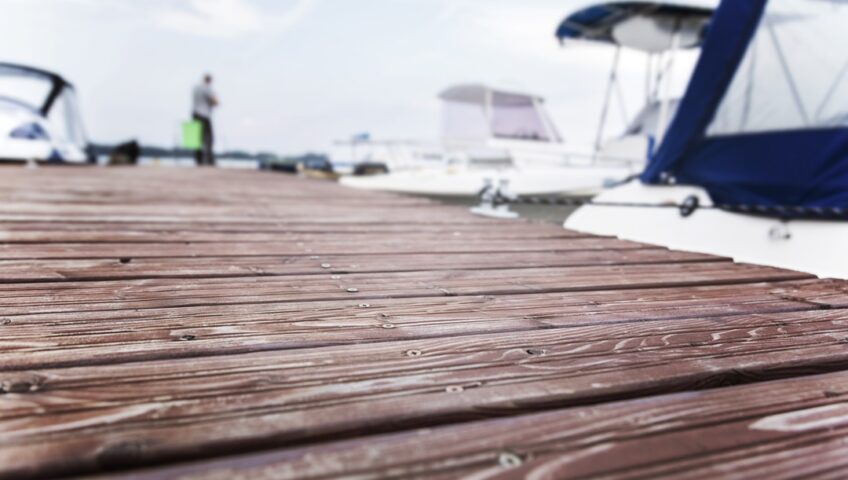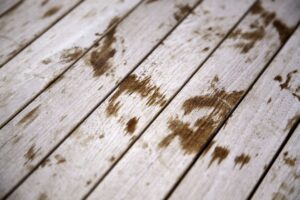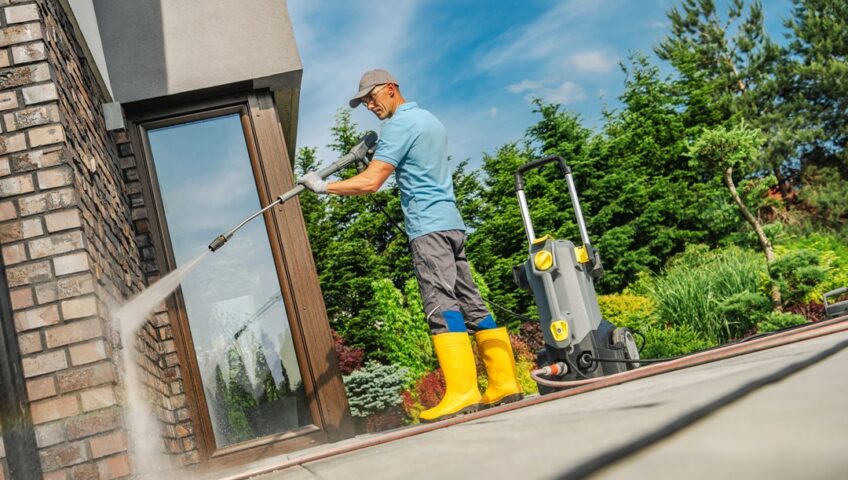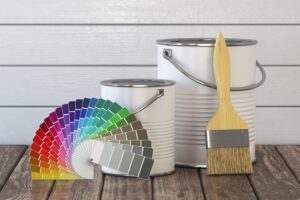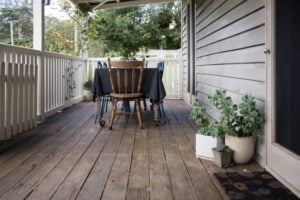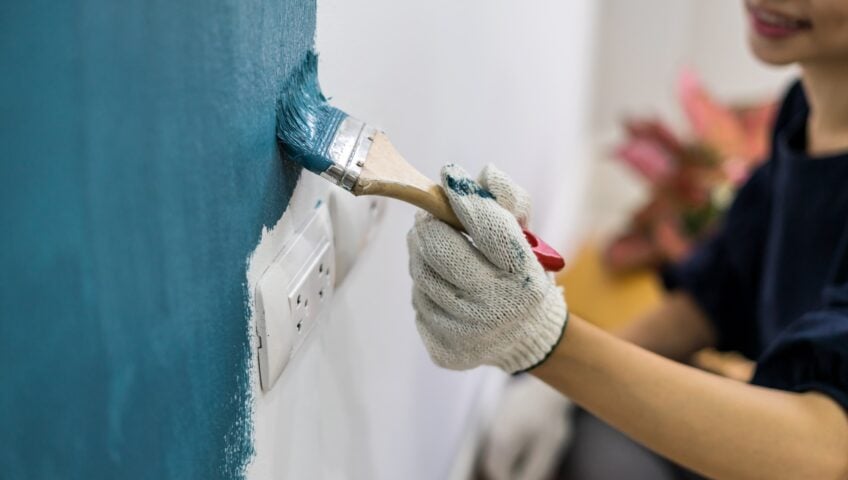
How to Know It’s Time to Repaint Your Home’s Exterior
How to Tell When It’s Time to Repaint Your Home’s Exterior in New Jersey
If you’re a New Jersey homeowner, you know how quickly our weather can turn on your home’s exterior. Between humid summers, harsh winters, and constant UV exposure, even the best paint jobs don’t last forever. Maybe you’ve started to notice your siding looking dull, a few cracks near your trim, or bubbling paint on your porch railings. These are more than cosmetic issues; rather, they’re early warnings that your home’s exterior is losing its protection. That’s where Inside Out Painting, LLC comes in. As a trusted, family-owned painting company serving Morris, Essex, Union, and Passaic Counties for over a decade, we know exactly how to spot the signs of wear before they turn into expensive repairs, and how to restore your home’s beauty and defense with a professional repaint.
The Hidden Signs It’s Time to Repaint
Even if your home doesn’t look terrible from the curb, there are small details that tell you it’s time to act.
1. Peeling, Cracking, or Bubbling Paint
- When paint starts lifting or forming bubbles, moisture and air have already broken through the surface. That means the protective seal is gone, and your siding is exposed to water damage and rot.
2. Fading or Discoloration
In towns like Montclair or Westfield, where homes take on direct sun all day, fading paint is a common problem. Once the color dulls or changes unevenly, UV rays have degraded the pigments, and the paint can no longer shield your home properly.
3. Chalking
- Run your hand along your siding. If you notice a white, powdery residue, that’s chalking—a clear sign the paint film is breaking down. It’s especially common on older latex coatings that have baked under years of sun exposure.
4. Visible Water Damage or Mold
Dark stains, mildew growth, or flaking near gutters and window sills all point to water seeping in behind the paint. Left untreated, this can lead to rotting wood or even structural damage.
5. Cracked or Missing Caulk
- Inspect around your doors and windows. If the caulk is cracked or pulling away, water can easily penetrate your home’s envelope. Even with good paint, failed caulking compromises protection.
6. Bare or Exposed Wood
If you see gray, dry, or raw wood spots where paint has worn off, it’s time. Unsealed wood absorbs moisture quickly, which leads to warping and decay.
When to Repaint (Even If Everything Looks “Okay”)
You don’t always need visible damage to justify a repaint. Sometimes, it’s simply time:
- Every 5–10 Years: Most homes in New Jersey need a repaint every 7–8 years, depending on siding type (wood, vinyl, stucco) and weather exposure.
- High-Maintenance Clues: If you’re constantly touching up trim or washing away mildew, that’s your cue that the paint film is failing.
- Curb Appeal: Faded colors or dated tones can bring down your home’s look—and its value. A fresh coat of exterior paint adds instant curb appeal and protects your investment.
How to Prepare Before Repainting
If you’re planning to repaint soon, doing it right starts with the right prep:
- Inspect Thoroughly: Walk around your home and note peeling, chalky, or soft areas.
- Clean the Surface: Pressure wash dirt and mildew for a smooth base.
- Repair First: Replace rotted wood, recaulk gaps, and sand rough edges.
- Prime if Needed: Bare or weathered wood should always be primed for better adhesion.
- Use Quality Paints: Look for exterior paints with UV blockers and mildew resistance for long-lasting results.
Local Example: From Faded to Fantastic
One homeowner in Morristown called us after noticing large patches of chalky paint on their cedar siding. Our team discovered moisture intrusion behind the paint film and failing caulk lines. We stripped the compromised areas, repaired minor wood damage, and used a premium exterior coating designed for New Jersey’s climate. Three years later, the paint still looks fresh, and the siding remains fully protected.
FAQs
When should I repaint my house exterior?
Most homes need repainting every 5–10 years, depending on climate, paint quality, and siding material.
How can I tell if my house needs new paint?
Look for peeling, cracking, fading, chalking, or exposed wood. These are clear signs the protective coating is breaking down.
When should you not paint outside a house?
Avoid painting in extreme heat, cold, or high humidity. Ideal temperatures are between 50°F and 85°F with low moisture.
How often should you repaint exterior walls in New Jersey?
Typically, every 7–8 years due to local weather extremes, but ocean-adjacent or shaded homes may need touch-ups sooner.
Why Choose Inside Out Painting?
Repainting isn’t just about color; it’s about preserving your home. Inside Out Painting’s full-time, professional painters use proven surface prep techniques, premium products, and meticulous attention to detail to ensure your home stays protected and beautiful for years. We don’t take shortcuts, and we don’t take payment until you’re completely satisfied with the final walkthrough.
Ready to Refresh and Protect Your Home?
Don’t wait until small paint issues turn into costly repairs. Inside Out Painting has helped New Jersey homeowners keep their homes looking their best—inside and out—for over a decade.
Call us today at 973-743-8800 or email us at insideoutpainting@hotmail.com to schedule your free exterior painting estimate.
Let’s make your home stand out for all the right reasons.

